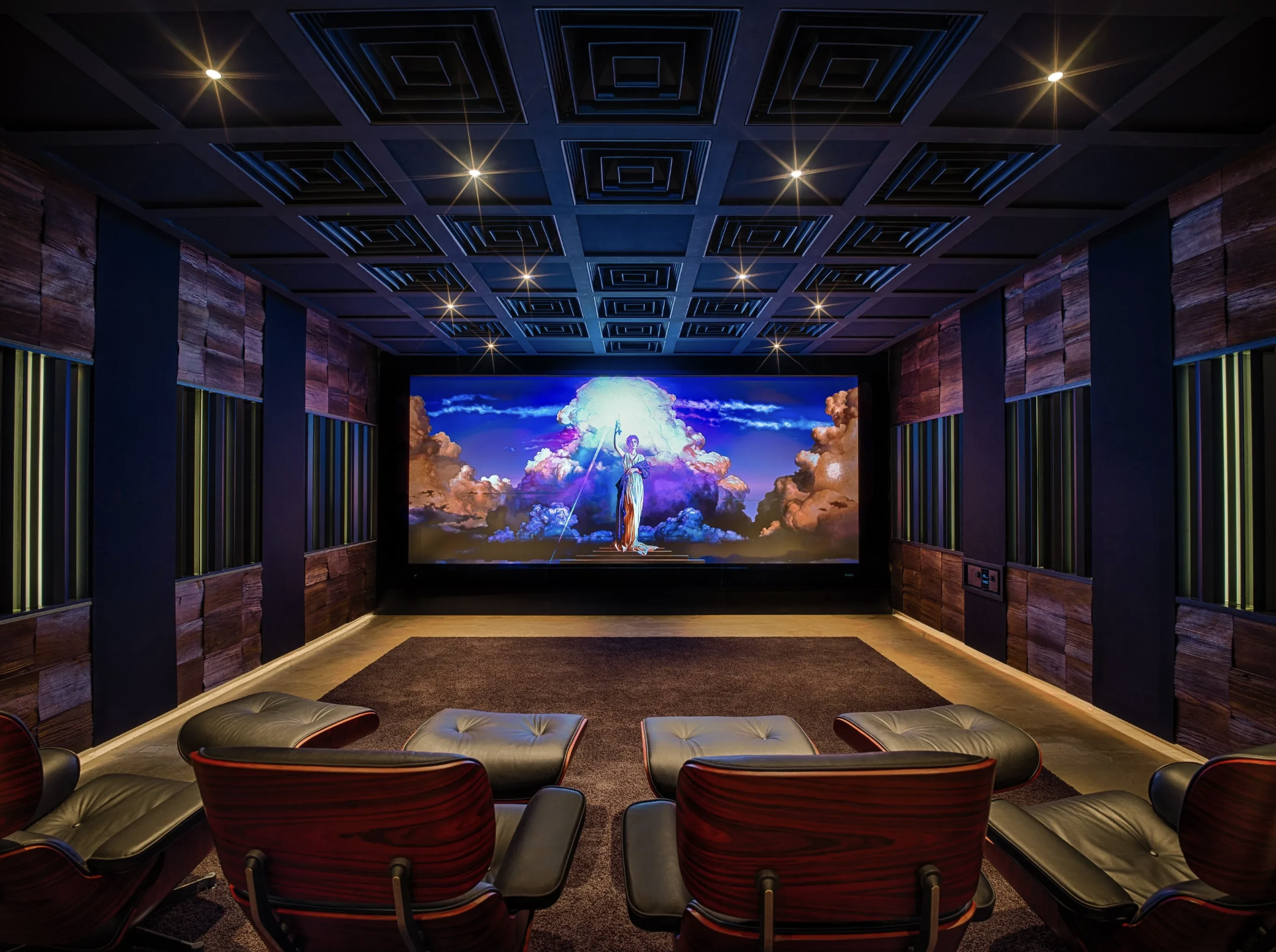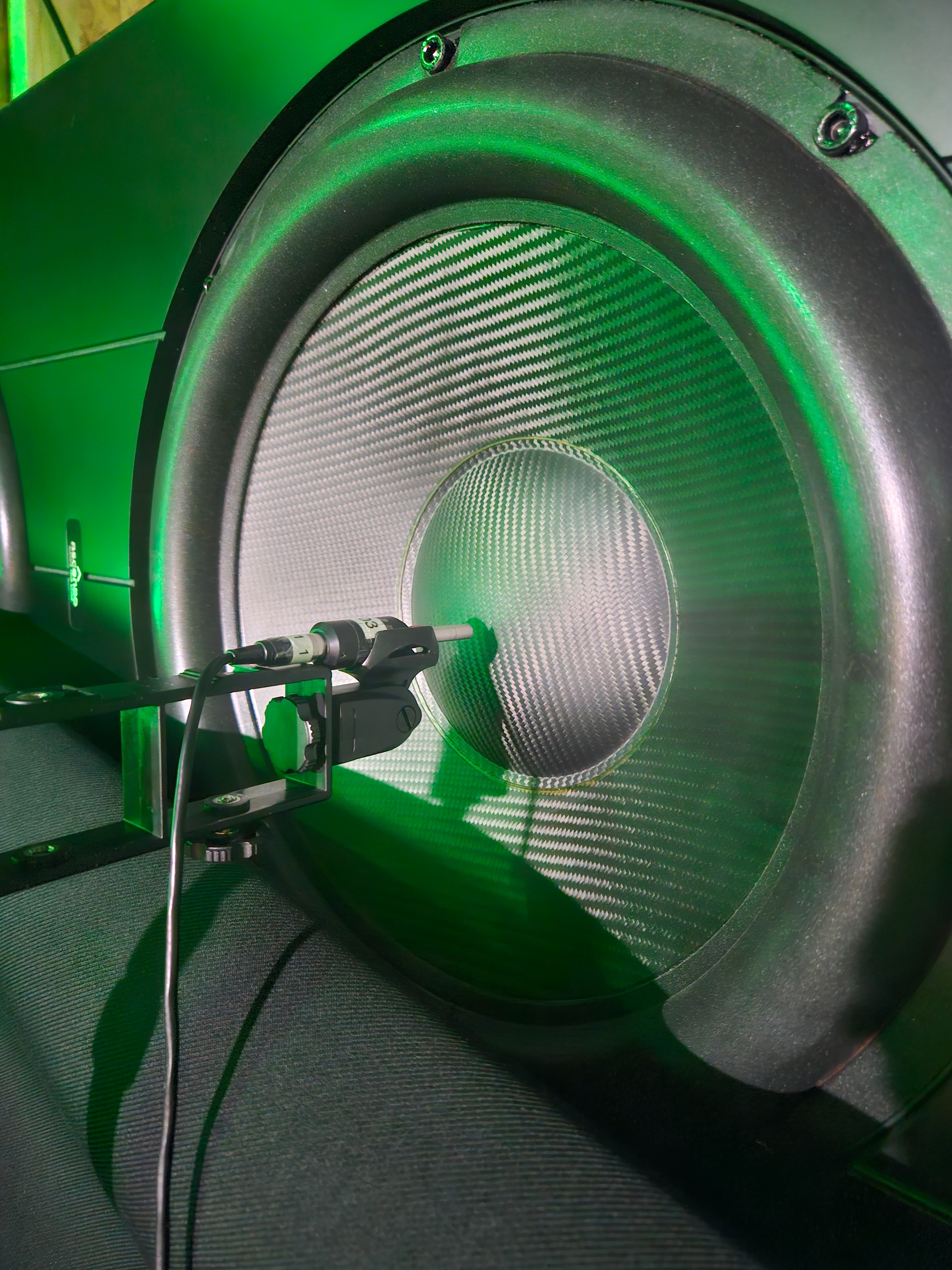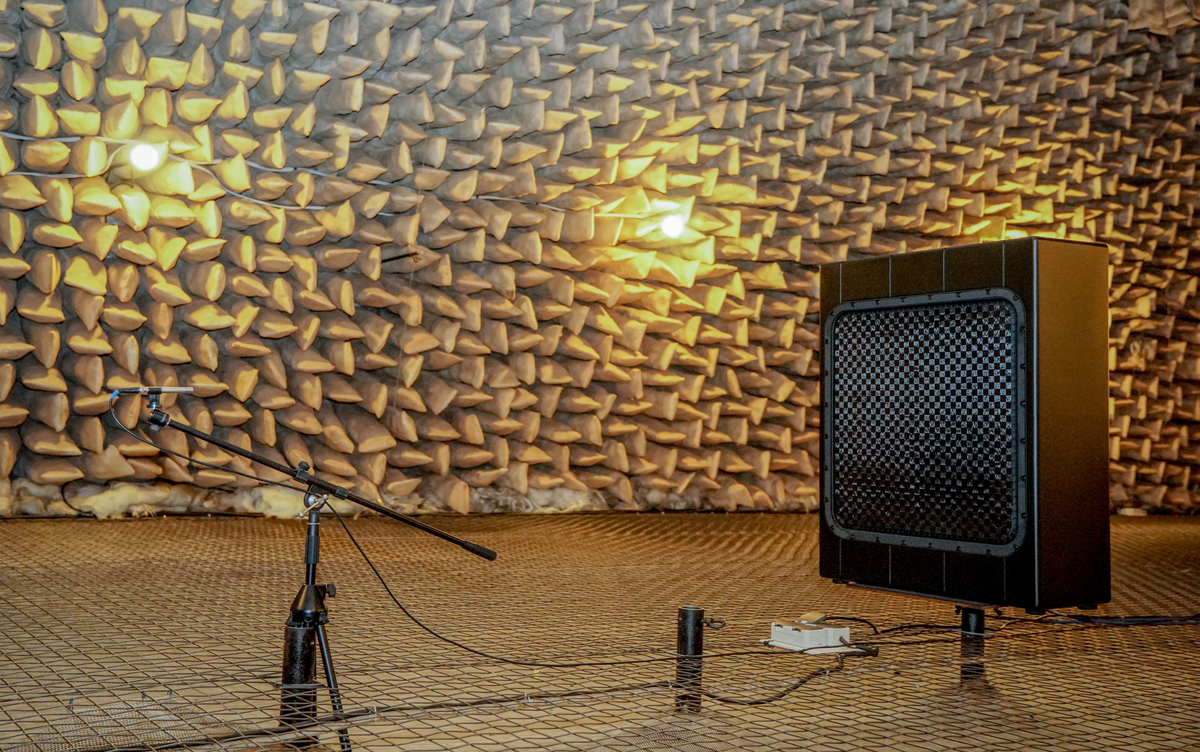
By Todd Sutherland, Sutherland AV Marketing
 ASCENDO believes that perfectly synchronized, seamlessly integrated bass performance deep into the lowest frequencies is resposible for the most impressive and memorable home cinema experiences. For the HTA Certified integrator, it’s not only something that can help attract potential new clients to your showroom, but will differentiate your offering, delight your customers and generate referrals.
ASCENDO believes that perfectly synchronized, seamlessly integrated bass performance deep into the lowest frequencies is resposible for the most impressive and memorable home cinema experiences. For the HTA Certified integrator, it’s not only something that can help attract potential new clients to your showroom, but will differentiate your offering, delight your customers and generate referrals.
Infrasonic bass is an essential part of any high-performance theater. It pressurizes the room and evokes the physical response that is intended by more movie soundtracks than you might think.
True infrasonic subs are extremely hard to engineer and work in tandem with other subs in the theater to do their part, extending bass response into the single Hz digits.
When calibrated correctly (timing, phase, level, etc.) with the rest of the theater channels, the result of including ASCENDO infrasonic bass is an engaging, completely immersive experience one doesn't forget. Once experienced, never forgotten.

The Physics: The Same Rules Apply to Subwoofers as Loudspeakers
Why is it that most everyone understands the scientific (and therefore performance) benefits of the separation of frequencies in their loudspeakers into tweeters, midranges, and woofers…
...but, when it comes to subwoofers, arguably the most challenging role in the chain (pressurize the space, the needed +10dB for LFE, uniform coverage for everyone)...
...marketing often prevails over science and data, with claims (and strongly held beliefs) that subwoofer brand X, cone size X in cabinet size X can do it all:
- Reach below 20Hz
- Deliver percussive impact in the 35-80Hz range
- Provide linear response for seamless integration
Really? No, not really.
When a claim like this is made, we encourage the questions:
- What output level is the sub in question capable of in this infrasonic range? It’s easy to mislead with SPL numbers that refer to 40Hz or 60Hz, but what about 10Hz, or 5Hz?
- At what level of distortion will this sub in question produce this infrasonic output?
Just as it’s the case with asking a tweeter to produce midrange or bass frequencies—clearly not the appropriate transducer for these tasks—the output level in the scenario I outlined above would be low and the distortion level would be high. Neither outcome is desirable. If deployed into a system, the results will be sonically disappointing and could potentially lead to subwoofer failure.

Linearity Is Also Important in Infrasonic Subwoofers
Whether it be ASCENDO’s range of “kick subs” (12” - 21”) or the infrasonic range (24” - 100”), linearity in the design is essential. Why? The three main reasons:

- Subs that can deliver linear response are friendly and helpful neighbors to the screen channel, surround, and height monitors. Each of these speakers is contributing its best performance for its intended frequency range and is ready to hand off the LFE part (120Hz and below) to the subs. If the sub designs aren’t linear enough to extend that high (raise your hand if you know a “one-note” sub out there), the resulting handoff can sound (and measure) like it’s lacking the kind of energy that is so important in this range. However, if a sub can deliver linear response, the integration between the monitors and the subs can sound and feel seamless, cohesive, with no holes.
2. Tied at the hip to point #1 is the importance of phase consistency. When the sub design is linear, its response extends beautifully to the handoff response from the monitors, and if you can lay them on top of one another for some range, you’ll both see (measurements) and hear the benefits, minimizing the potential for cancellations at certain frequencies. It’s a far better result when both sides are working with one another, rather than against one another, at certain frequencies.
3. Everything discussed in points #1 and #2 also applies to the designs and relationships between the kick subs and infrasonic subs, at least at ASCENDO. Especially in the bass frequency range, cancellations are very noticeable and often blamed on the room, when the real blame rests on poor sub design, improper sub combinations (such as mixing different brands or sizes within one brand), or poor setup and calibration. (Rooms, of course, present their own issues, but that’s another topic.)
It usually shocks people to learn that we often don’t use a crossover between ASCENDO kick subs and infrasonic subs. Instead, we let them both do what they’re designed to do…we know where the kick subs are going to roll off, and we know how linear the infrasonic sub is. We let their responses lay on top of one another for phase consistency, and the result is perfect integration. They each excel at their intended response and hand off below and above where they should for a seamless result and experience.
Data and Third-Party Verification and Reports
ASCENDO owns a Klippel measurement system, which is an invaluable design tool for our engineers in informing and verifying the performance of our products. However, the measurements and reports published on our website don’t come from ASCENDO. Instead, each product is shipped to a third-party professional measurement company. This is quite expensive, but to ensure ASCENDO hasn’t missed anything in our own measurements and to be completely transparent to our partners and clients around the world, this step is very important to us. All of these independent measurements are published on the ASCENDO website. We do our part in participating in CEDIA’s Standards Panels (RP22, RP10, RP32) to both contribute and learn how we as manufacturers and an industry can do a better job.
Contact ASCENDO by clicking the icons to the right (or below if you're on a mobile device).









